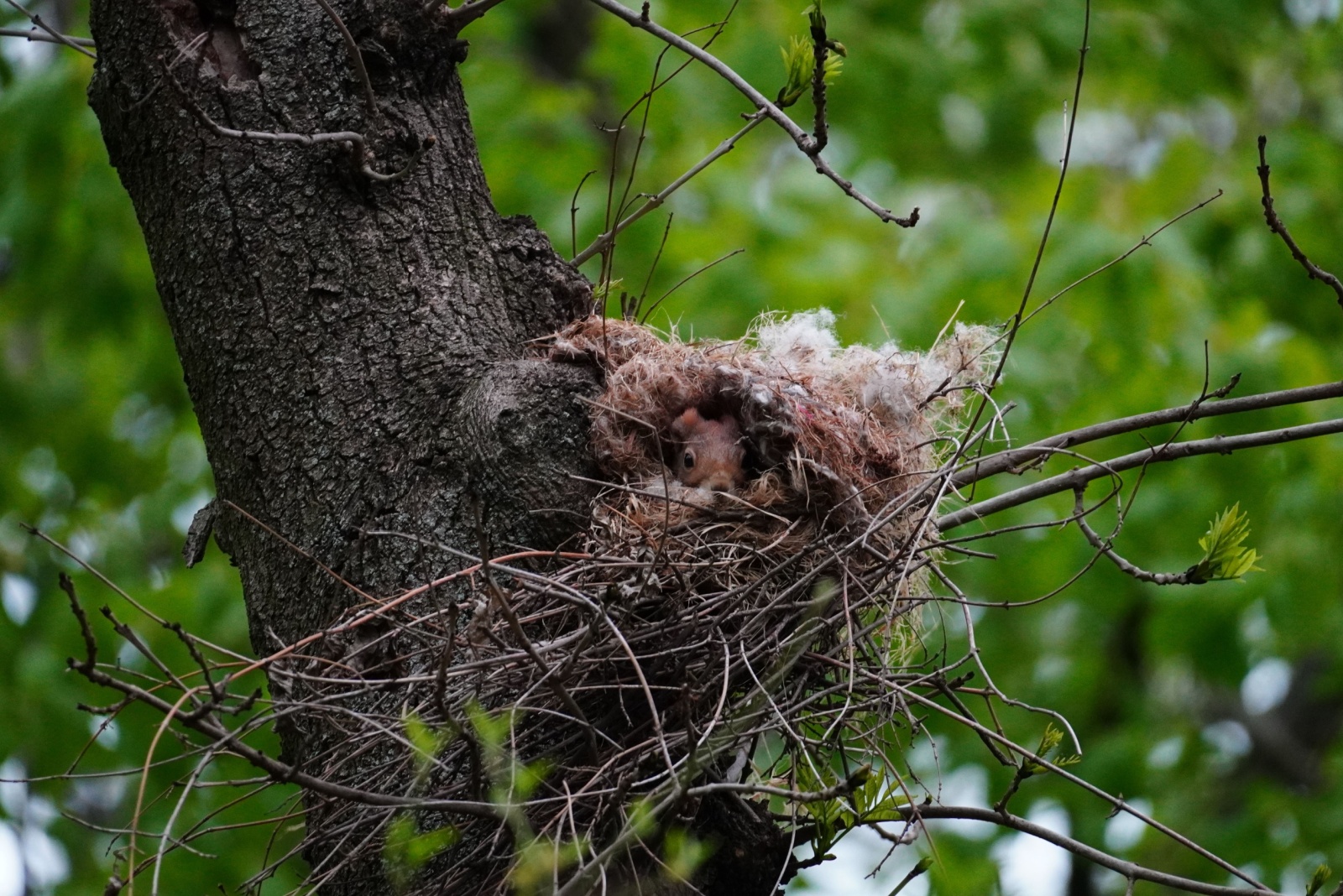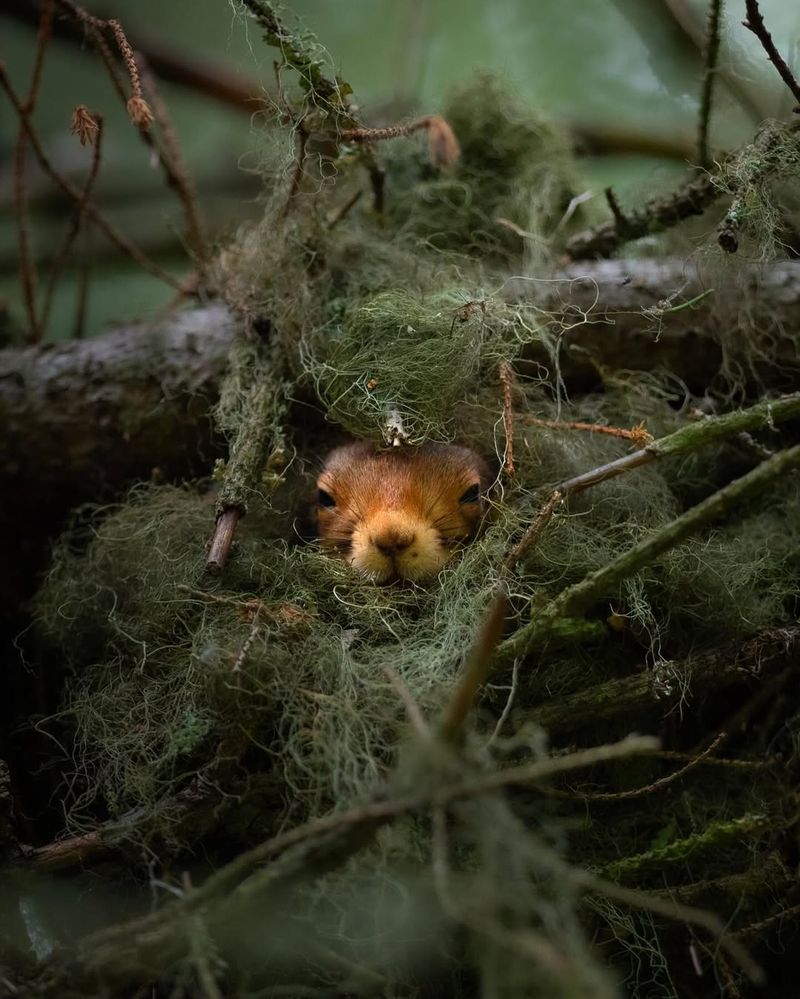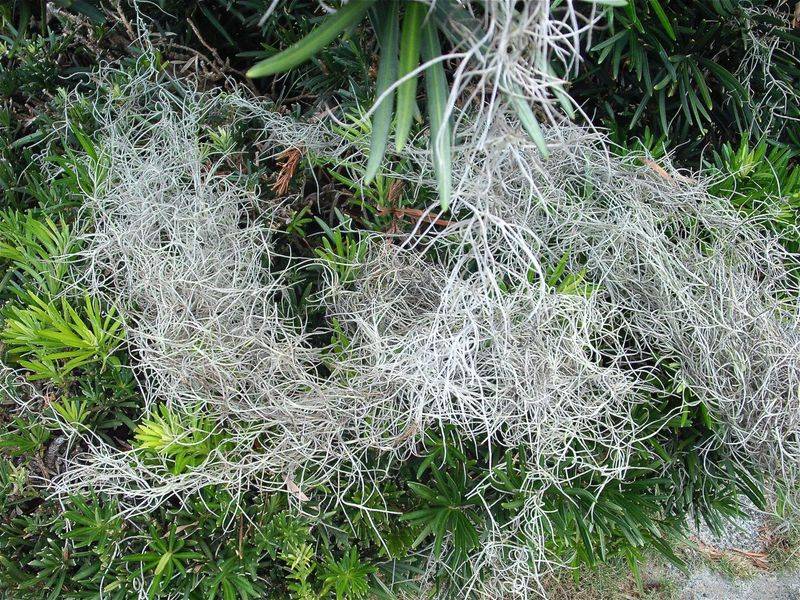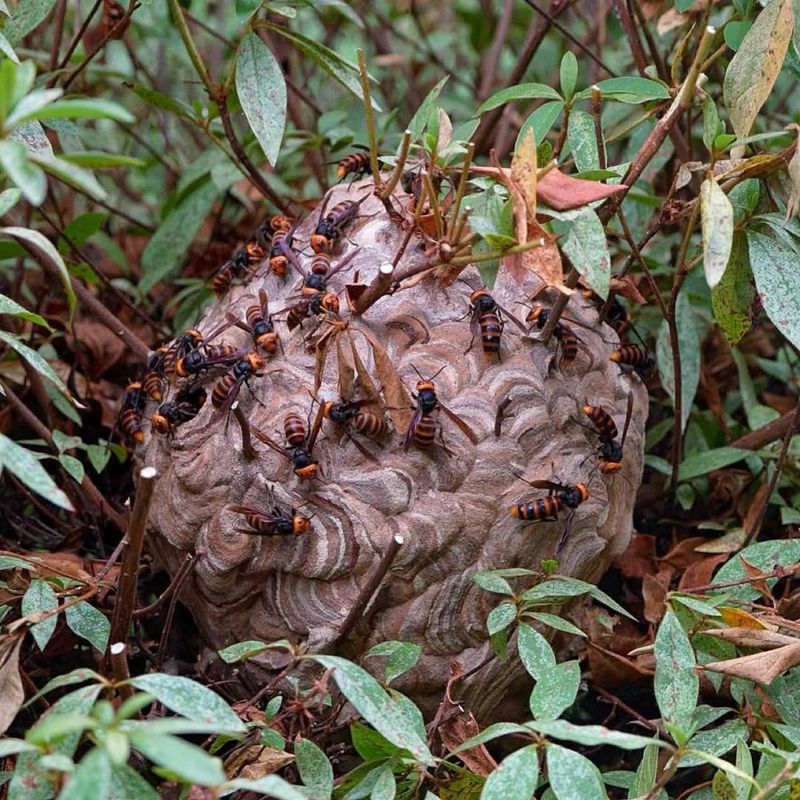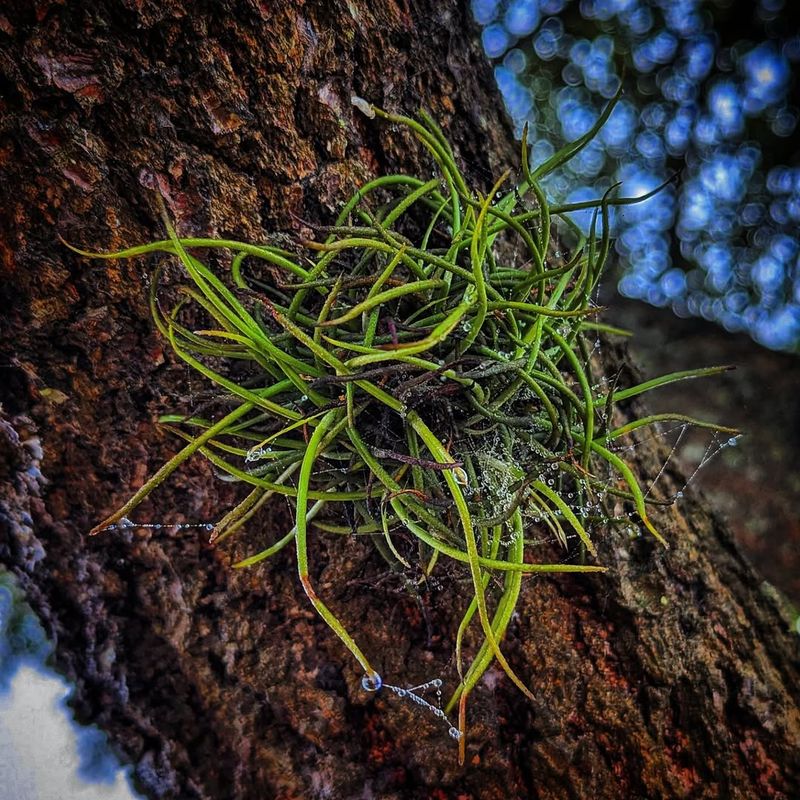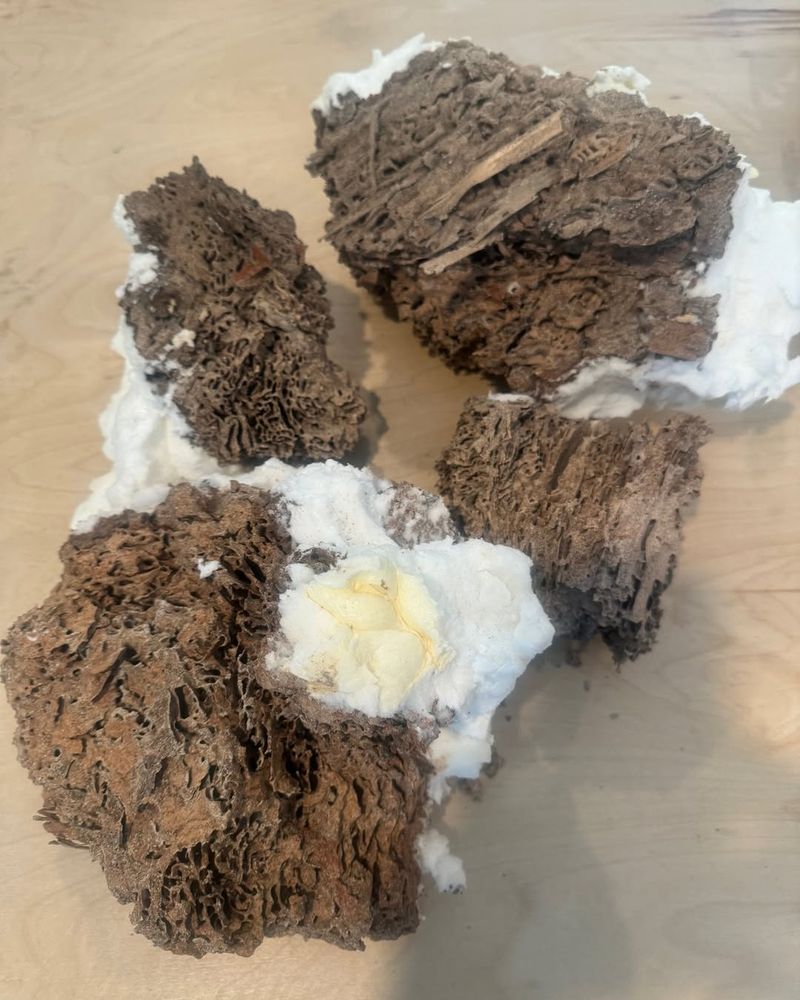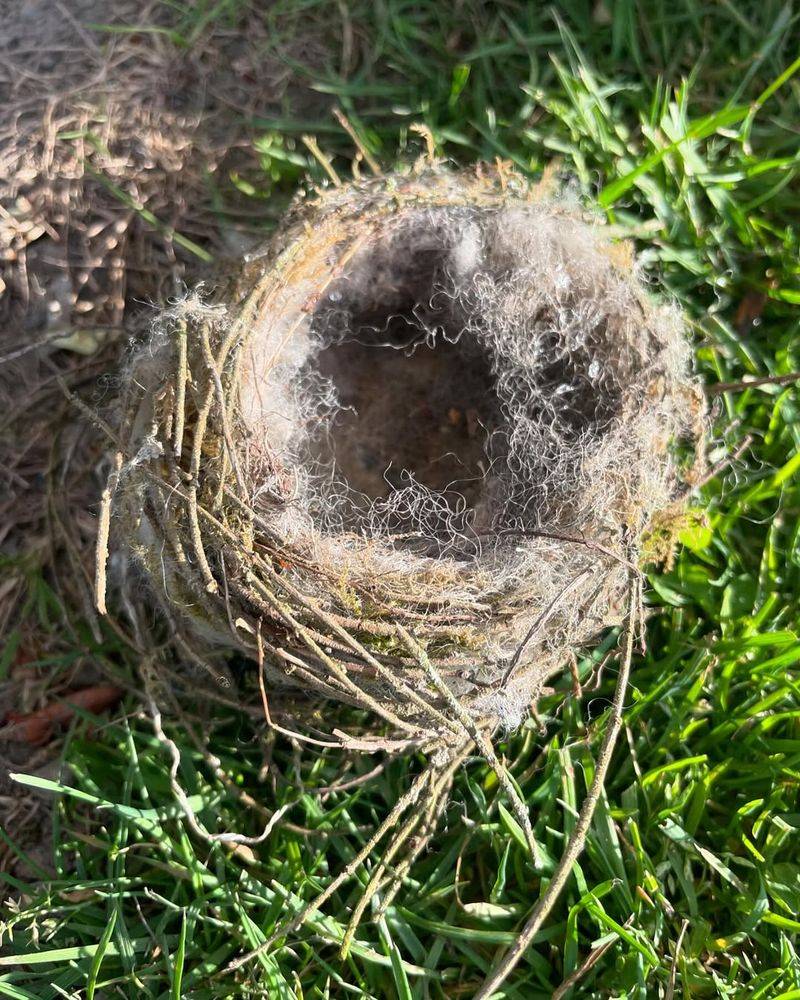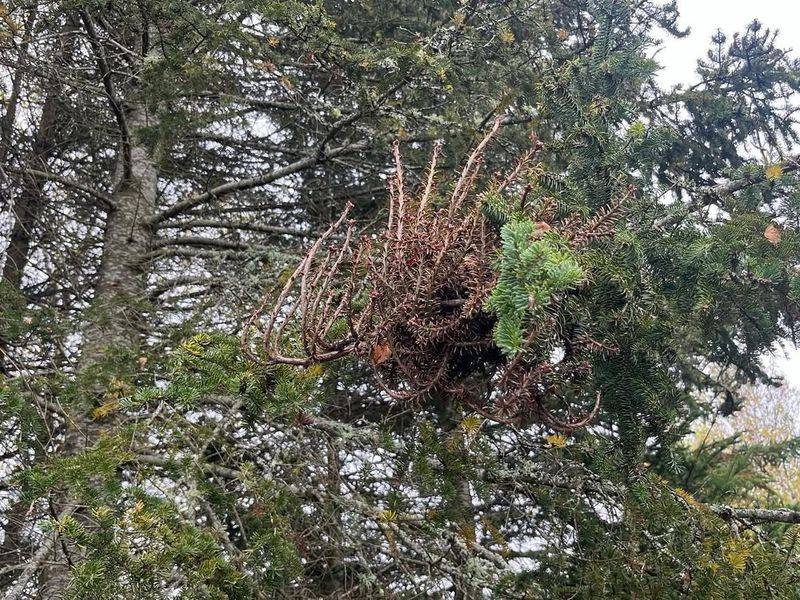If you’ve ever looked up at your Florida trees and thought you’d spotted a bird’s nest, don’t count your chickens just yet. What looks like a cozy home for feathered friends might actually be something entirely different — and not always what meets the eye.
Before you let curiosity get the better of you, it’s worth taking a closer look at what’s really hanging out in your branches.
1. Squirrel Dreys
Gray squirrels build cozy homes called dreys that often get mistaken for bird nests. These round, leafy structures sit higher in trees than most bird nests and typically measure 12-16 inches across.
Look for tightly woven twigs forming a ball-like shape with leaves stuffed inside for insulation. Squirrels might be using your tree as a nursery for their babies or as shelter from predators and harsh weather.
2. Spanish Moss Clusters
Those droopy, gray-green clumps hanging from your oak trees aren’t nests at all! Spanish moss is actually an air plant related to pineapples, not a parasite or nest-builder.
Heavy moss accumulations can sometimes look like massive nests from a distance. While generally harmless to trees, extremely thick growths might block sunlight to branches. Spanish moss creates microhabitats where small creatures like bats and insects make their homes.
3. Wasp Or Hornet Nests
Yikes! That papery, football-shaped structure might be home to stinging insects. Florida’s paper wasps, hornets, and yellow jackets construct impressive nests that expand throughout summer months.
Active nests show insects flying in and out, especially during daylight hours. Never try removing these yourself if they’re large or high in the tree! Professional pest control can safely remove these potentially dangerous nests without risking multiple painful stings.
4. Ball Moss Colonies
Not actually moss at all, these spiky green balls are bromeliad plants related to Spanish moss. Ball moss forms tight clusters that cling to tree branches and can be mistaken for small bird nests.
Though they grow on trees, they’re not parasites and generally cause minimal harm. The plants take moisture and nutrients from the air rather than from your tree. During blooming season, they produce tiny purple flowers that add a splash of color to your landscape.
5. Termite Carton Nests
Seeing dark, mud-like structures in your trees might signal a serious problem. Subterranean termites sometimes build above-ground nests called carton nests in Florida trees, especially in damp, shaded areas.
Made from chewed wood mixed with soil and termite saliva, these nests connect to underground colonies. Quick action is essential! Termites can jump from trees to your home’s structure. Contact pest control immediately if you spot these destructive insects setting up shop in your trees.
6. Fallen Bird Nests
Sometimes what looks like a strange growth is actually a bird nest that’s fallen from higher branches and gotten caught in lower ones. Florida storms frequently dislodge nests during our rainy season.
Examine the structure for typical bird nest materials like twigs, grass, and sometimes human items like string or paper. If the nest contains eggs or baby birds, contact a wildlife rehabilitator immediately. Otherwise, you can leave the empty nest for nature to reclaim.
7. Witch’s Broom Growth
Named for its resemblance to an old-fashioned broom, this dense cluster of abnormal growth can appear nest-like from a distance. Caused by fungi, mites, viruses, or bacteria disrupting normal growth patterns in trees.
The resulting mass of small twigs and branches forms a broom-like or bird’s nest appearance. While usually not fatal to the tree, these growths can indicate stress or disease. Consider consulting an arborist if you notice multiple witch’s brooms forming throughout your tree.

